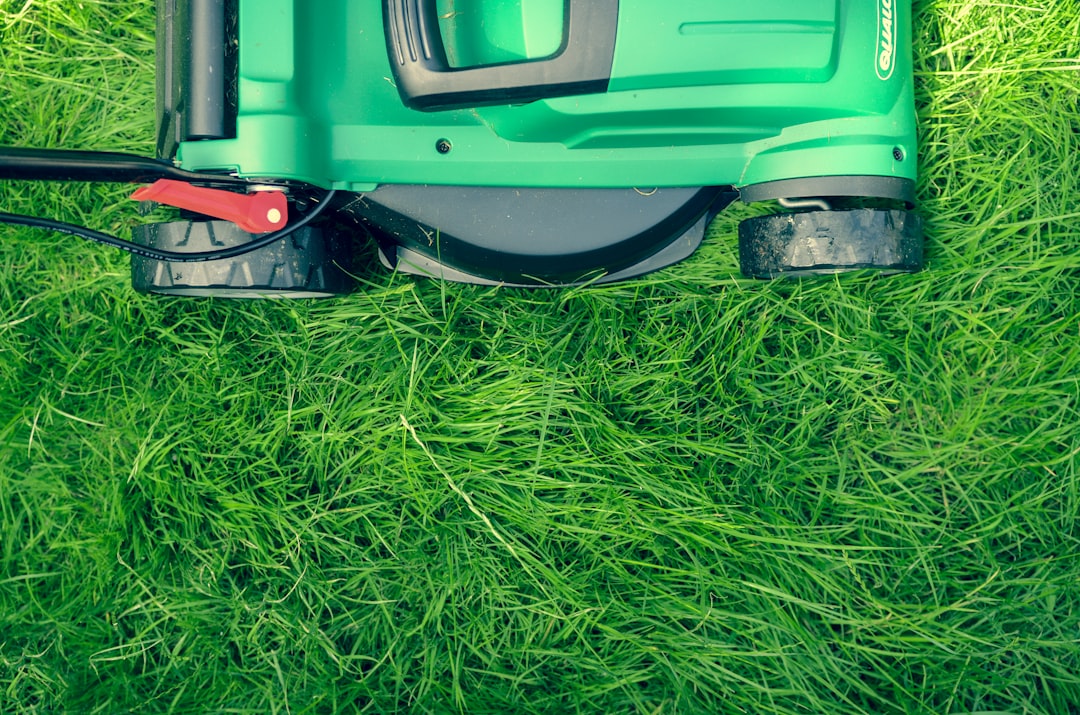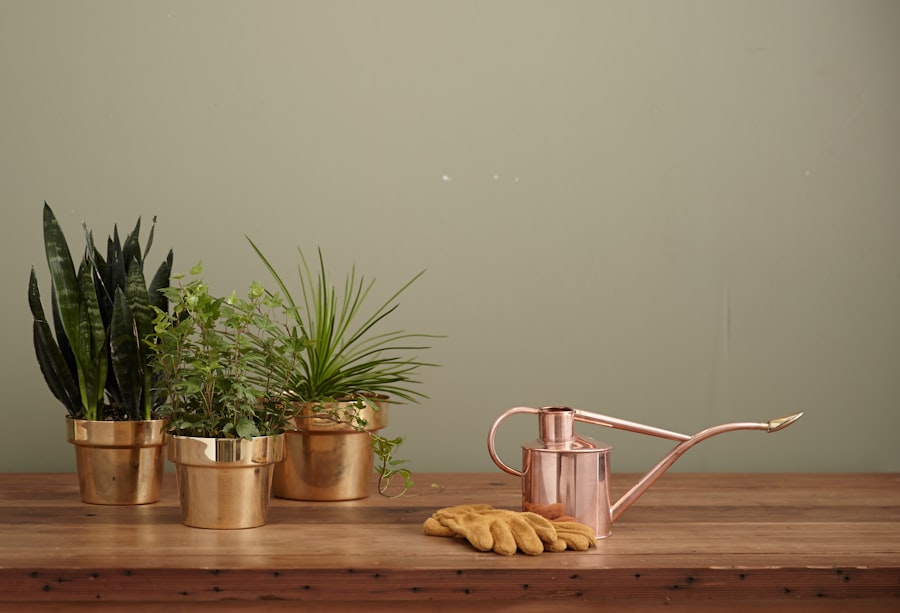Creating a Raised Bed: Simple Steps for Success

Raised bed gardening is a method of growing plants in a contained and elevated area, typically made of wood, metal, or plastic. The concept of raised bed gardening has been around for centuries, with evidence of its use dating back to ancient civilizations such as the Egyptians and Romans. In recent years, raised bed gardening has gained popularity due to its numerous benefits and the ability to grow a wide variety of plants in a small space.
Benefits of Raised Bed Gardening
One of the main benefits of raised bed gardening is improved soil quality. By creating a raised bed, gardeners have more control over the soil composition, allowing them to create the ideal growing conditions for their plants. Raised beds also provide better drainage and aeration, preventing waterlogged soil and root rot. This is especially beneficial for areas with heavy clay or compacted soil.
Another advantage of raised bed gardening is easier weed and pest control. The elevated nature of the beds makes it more difficult for weeds to invade the garden, and the contained space makes it easier to spot and remove any unwanted plants. Additionally, raised beds can be covered with netting or other protective materials to keep pests at bay.
Raised beds also offer increased accessibility and convenience. The elevated height reduces the need for bending or kneeling, making it easier for people with physical limitations or disabilities to garden. The contained space also makes it easier to reach all areas of the garden without stepping on the soil, which can compact it.
Furthermore, raised bed gardening often results in higher yields compared to traditional gardening methods. The improved soil quality, better drainage, and controlled environment allow plants to thrive and produce more fruits and vegetables. This makes raised bed gardening an ideal option for those looking to maximize their harvest in a limited space.
Choosing the Right Location for Your Raised Bed
When choosing a location for your raised bed garden, there are several factors to consider. First and foremost, sunlight requirements should be taken into account. Most vegetables and herbs require at least six hours of direct sunlight per day, so choose a location that receives adequate sunlight throughout the day.
Soil quality and drainage are also important considerations. Avoid areas with heavy clay or compacted soil, as these can hinder plant growth and drainage. Look for a location with well-draining soil or consider amending the soil with organic matter to improve its quality.
Proximity to a water source is another factor to consider. Raised beds require regular watering, so it’s important to have easy access to a water source. Consider placing your raised bed near a hose or installing a drip irrigation system for efficient watering.
Lastly, accessibility and convenience should be taken into account. Choose a location that is easily accessible from your home, as this will make it more convenient to tend to your garden. Consider factors such as proximity to tools and storage areas, as well as any potential obstacles that may hinder access.
Building Materials for Your Raised Bed
| Building Materials for Your Raised Bed | Description |
|---|---|
| Wood | Easy to work with, affordable, and readily available. However, it may rot over time and may not be suitable for organic gardening. |
| Concrete Blocks | Durable and long-lasting, but may be more expensive and difficult to work with. They also may not be suitable for organic gardening. |
| Bricks | Durable and long-lasting, but may be more expensive and difficult to work with. They also may not be suitable for organic gardening. |
| Galvanized Steel | Durable and long-lasting, but may be more expensive and difficult to work with. It may also leach chemicals into the soil. |
| Recycled Plastic | Durable and long-lasting, made from recycled materials, and suitable for organic gardening. However, it may be more expensive. |
When it comes to choosing the materials for your raised bed, there are several options available. Wood is a popular choice due to its affordability and versatility. Cedar and redwood are commonly used because they are naturally resistant to rot and insect damage. However, any untreated wood can be used as long as it is not in direct contact with the soil.
Metal raised beds, such as those made from galvanized steel or aluminum, offer durability and longevity. They are resistant to rot and can withstand harsh weather conditions. However, metal beds can heat up quickly in the sun, so they may require additional insulation to protect the roots of plants during hot weather.
Plastic raised beds are lightweight and easy to assemble. They are also resistant to rot and can last for many years. However, plastic beds may not be as aesthetically pleasing as wood or metal options.
When choosing the size and height of your raised bed, consider the types of plants you will be growing and your own physical limitations. A height of 12-18 inches is recommended to provide adequate root space for most plants. The width and length of the bed will depend on the available space and your own preferences.
Designing Your Raised Bed Layout
When designing your raised bed layout, there are several factors to consider. First, choose the right shape and size for your garden space. Rectangular or square beds are the most common, but you can also create circular or irregular-shaped beds to fit your space.
Consider companion planting and crop rotation when planning your raised bed layout. Companion planting involves growing plants that benefit each other when planted together. For example, planting marigolds alongside tomatoes can help repel pests. Crop rotation involves changing the location of crops each year to prevent the buildup of pests and diseases in the soil.
Vertical gardening is another option to maximize space in your raised bed garden. Trellises, cages, or stakes can be used to support vining plants such as tomatoes, cucumbers, and beans. This allows you to grow more plants in a smaller area.
Preparing the Soil for Your Raised Bed

Before planting in your raised bed, it’s important to prepare the soil properly. Start by testing the soil to determine its pH level and nutrient content. This will help you determine if any amendments are needed.
If the soil pH is too acidic or alkaline, you can adjust it by adding lime or sulfur. Organic matter such as compost or well-rotted manure should also be added to improve soil structure and fertility. This will provide essential nutrients for plant growth and improve water retention.
Regularly adding organic matter and fertilizers to your raised bed will help maintain healthy soil. Mulching with organic materials such as straw or wood chips will also help conserve moisture and suppress weeds.
Planting in Your Raised Bed
When planting in your raised bed, choose plants that are suitable for your climate and growing conditions. Consider factors such as temperature, sunlight requirements, and soil pH.
Proper spacing and planting depth are important for the health and productivity of your plants. Follow the spacing recommendations on seed packets or plant labels to ensure adequate air circulation and prevent overcrowding.
Succession planting is a technique that involves planting crops in stages to extend the growing season and maximize yields. For example, you can plant cool-season crops such as lettuce and spinach early in the season, followed by warm-season crops such as tomatoes and peppers.
To extend the growing season even further, consider using row covers or cold frames to protect plants from frost. This will allow you to harvest fresh produce well into the fall or even winter months.
Irrigation and Maintenance of Your Raised Bed
Proper irrigation is essential for the health and productivity of your raised bed garden. Watering requirements will vary depending on the types of plants you are growing and the weather conditions. Generally, raised beds require more frequent watering than traditional gardens due to their elevated nature and improved drainage.
A drip irrigation system is an efficient way to water your raised bed garden. It delivers water directly to the roots of plants, reducing water waste and preventing fungal diseases. Alternatively, you can use a soaker hose or watering can to water your plants.
Regular fertilization is also important for the health of your plants. Use organic fertilizers or compost to provide essential nutrients throughout the growing season. Follow the recommended application rates on the fertilizer packaging.
Pest and disease control is another aspect of raised bed garden maintenance. Regularly inspect your plants for signs of pests or diseases, such as chewed leaves or yellowing foliage. Remove any affected plants or treat them with organic pest control methods.
Common Raised Bed Gardening Mistakes to Avoid
There are several common mistakes that gardeners make when it comes to raised bed gardening. One of the most common mistakes is overcrowding plants. It’s important to follow the recommended spacing guidelines to allow adequate air circulation and prevent the spread of diseases.
Poor soil quality and drainage is another common mistake. It’s important to amend the soil with organic matter and ensure proper drainage to prevent waterlogged soil and root rot.
Neglecting pest and disease control is another mistake that can lead to poor plant health and reduced yields. Regularly inspect your plants for signs of pests or diseases and take appropriate action to prevent further damage.
Not rotating crops is another common mistake that can lead to the buildup of pests and diseases in the soil. Rotate your crops each year to prevent the same plants from being grown in the same location.
Harvesting Your Raised Bed Garden
Harvesting your raised bed garden is a rewarding experience. It’s important to harvest at the right time to ensure optimal flavor and nutritional value. Follow the recommended harvest times for each crop.
Proper storage and preservation of harvested crops is also important. Some crops can be stored in a cool, dry place for several weeks or even months, while others may need to be preserved through canning, freezing, or drying.
Finally, take the time to celebrate the fruits of your labor. Enjoy the fresh flavors of your homegrown produce and share your harvest with friends and family.
Raised bed gardening offers numerous benefits and can be a rewarding and sustainable gardening experience. By improving soil quality, providing better drainage, and offering easier weed and pest control, raised beds allow gardeners to maximize their yields in a small space. Choosing the right location, building materials, and layout are key factors in successful raised bed gardening. Proper soil preparation, planting techniques, irrigation, and maintenance are also important for healthy plants and abundant harvests. By avoiding common mistakes and following best practices, gardeners can enjoy the fruits of their labor and create a beautiful and productive raised bed garden. So why not give raised bed gardening a try and experience the joys of growing your own food?



